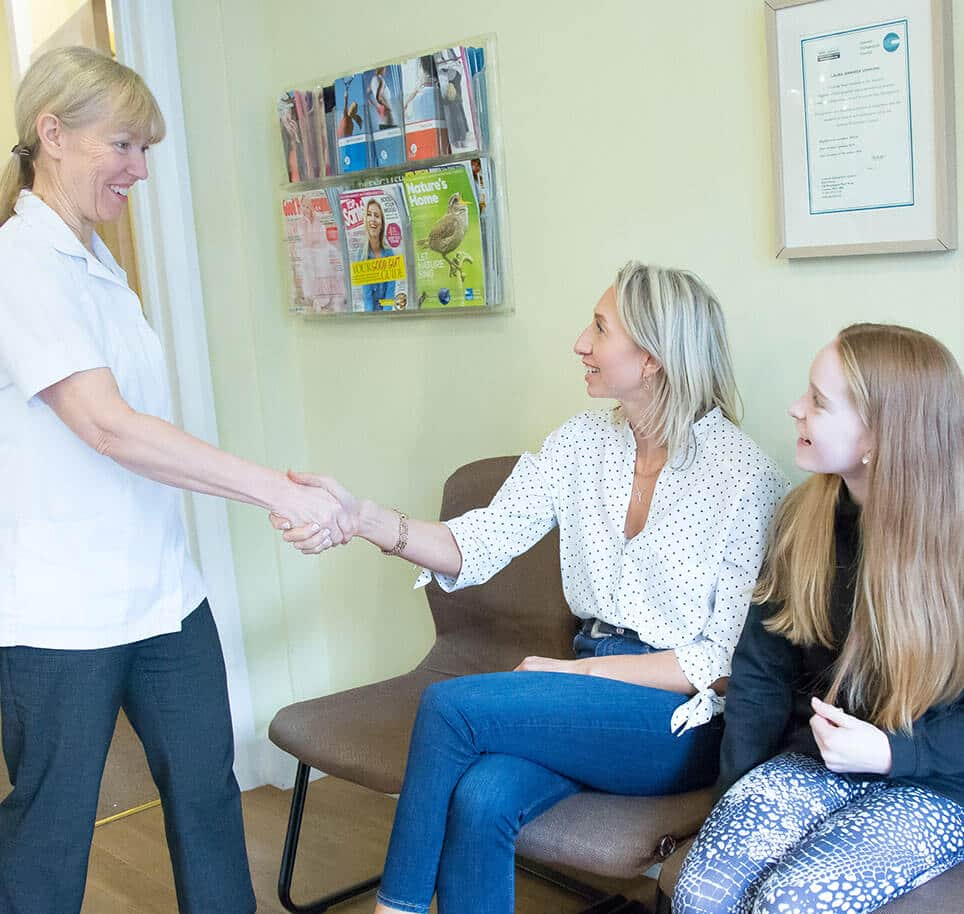The prevalence of back and neck pain has risen by almost 10 per cent in the last year according to new consumer research from the British Chiropractic Association. Four in five people (86%) surveyed are currently experiencing back or neck ache or have suffered in the past, compared to 77% last year*.
As part of Chiropractic Awareness Week (13th – 19th April) the BCA warns that Britain’s sedentary epidemic is contributing to the rise in back and neck related problems, as sitting is revealed as one of the top triggers of neck and back pain for 40% of people.
BCA chiropractor Tim Hutchful says:
“We’re seeing a rise in the number of people experiencing back and neck related problems because our modern lifestyle is forcing us to stay seated and I’m concerned that the number of patients under the age of 30 coming through our doors is increasing.
“Many people are completely unaware that staying in the same position can cause unnecessary strain on the back. Whether at your desk, on your tablet or sitting watching TV, it’s really important to take regular breaks to relieve the build-up of tension in your lower back. Sitting causes up to twice as much pressure on discs on the spine as standing so, as a nation, we’re vulnerable.”
- 1.8 hours sitting looking at mobile technology
- 3.7 hours sitting looking at a laptop or a desktop computer
- 1.4 hours sitting whilst gaming
- 2.8 hours sitting watching TV / films
Relax when sitting into your seat, making sure you have your bottom against the seat back with your shoulder blades touching the back rest of the chair.
With an increasingly ingrained sitting culture in the UK, the BCA is calling for a step change in how people treat their backs, both at work and at home, in a bid to help combat the nation’s neck and back pain problems. “Your back is always hard at work – even when you think you’re relaxing” added Hutchful “so ensuring you move and stretch regularly will help to keep your back on track.”
So what can you do to combat the strain?
Contact Bromley and Beckenham Chiropractic Clinic
Sit up straight:
Relax when sitting into your seat, making sure you have your bottom against the seat back with your shoulder blades touching the back rest of the chair. For drivers; the back of the seat should be set slightly backwards, so that it feels natural and your elbows should be at a comfortable and relaxed angle for driving.
Be computer compatible:
Make sure the top of the screen is level with the eyebrows and the chair is titled slightly forward, allowing for the knees to be lower than the hips and the feet to be flat on the floor. Using a laptop or tablet away from a desk will encourage poor posture, so limit time spent in this way; where possible keep the screen at eye level – try stacking on a pile of books to get the height you need and use a detachable keyboard and mouse.
Take regular breaks:
Don’t sit for more than 20-30 minutes at a time – stand up to stretch, change position and walk around a little. If you struggle to get away then take time to gently massage the back of your head and neck as you relax your stomach region with slow easy breathing. This will help to improve posture and reduce back pain by promoting balance, strength and flexibility in the spine.
Drink Up!
Try drinking water instead of tea or coffee; it will be healthier and keep your body hydrated.
Ask one of our team for advice on how to improve your posture.
*Figures taken from BCA research 2014.



